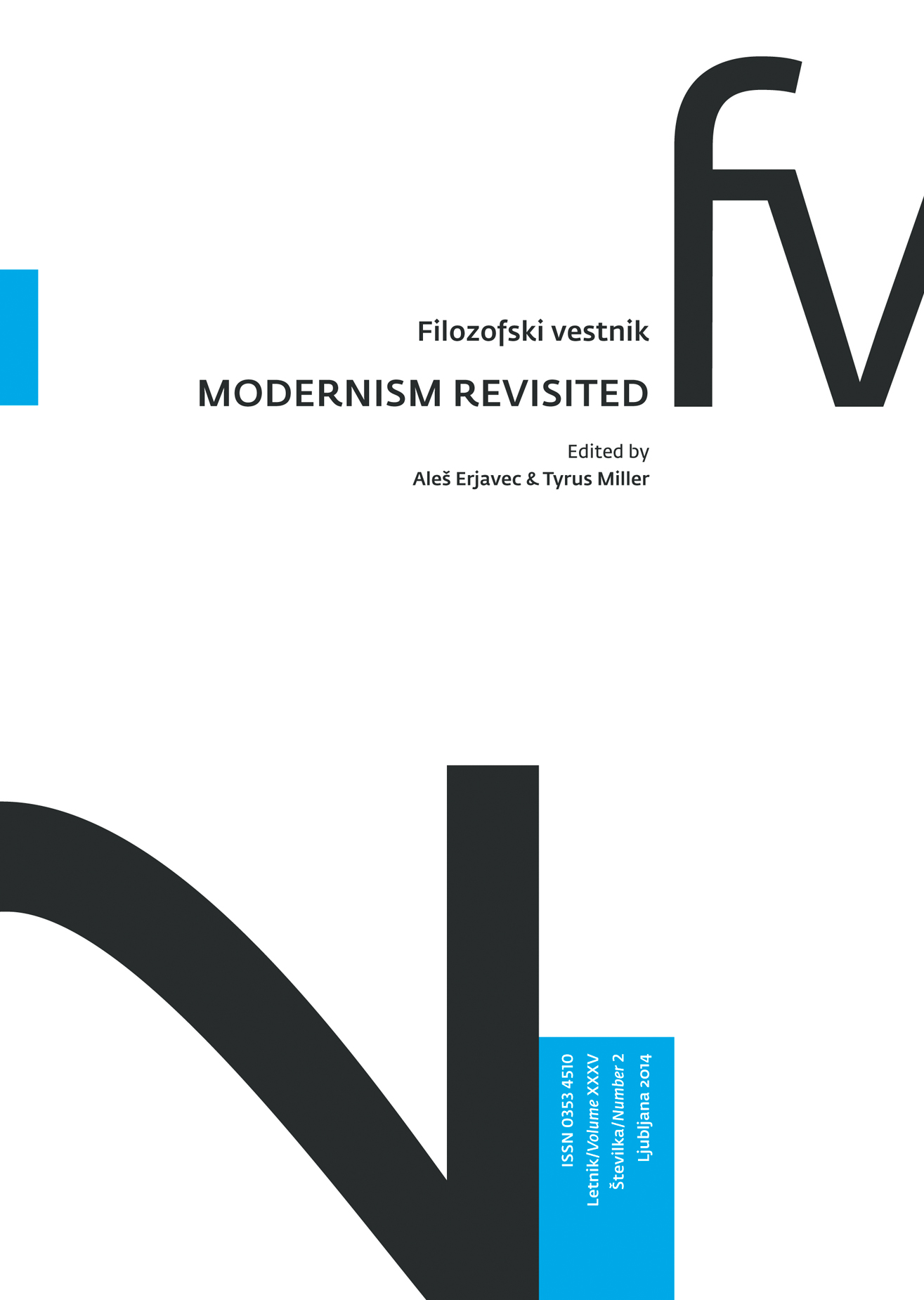Modernism’s Lost Future
Keywords:
Modernism, Fascism, transmodern, childhood, “patheticism”Abstract
One of modernism’s core claims was to own a technologically advanced, socially superior, equalitarian and internationalist future and play a definitive role in it. However, the future turned out to be contested territory and modernism, after setbacks in the wake of World War I, and in the late 1920s, was defeated by the emerging dictatorships in Europe. In the light of recent scholarship the relationship between modernist and anti-modernist art is seen as much more complicated than earlier. Following World War II, modernism was vigorously resuscitated. This revival peaked in the 1960s, a period of heightened social activism, while since the 1980s we see a shift. The artist has lost his mandate, ceased to be seen as a public figure competent in social issues, and has, to a great extent, exhibited his or her vulnerability as a private person. Even social comments are made from this marginal position. The ubiquity of the theme of childhood in the visual arts in the 1990 indicates the change in artistic attitude. Highly erudite, informed of the important intellectual currents of their time, many prominent artists find themselves powerless, detached from the public discourse. I call this blend of intellectual alertness and social inefficiency a transmodern phenomenon: lacking a strong social commitment and a claim to the future, it is beyond the illusions of modernism, but lacking the “anything goes” attitude as well, it differs from what is broadly understood as postmodern, too.
Downloads
Downloads
Published
How to Cite
Issue
Section
License
Authors guarantee that the work is their own original creation and does not infringe any statutory or common-law copyright or any proprietary right of any third party. In case of claims by third parties, authors commit their self to defend the interests of the publisher, and shall cover any potential costs.
More in: Submission chapter





